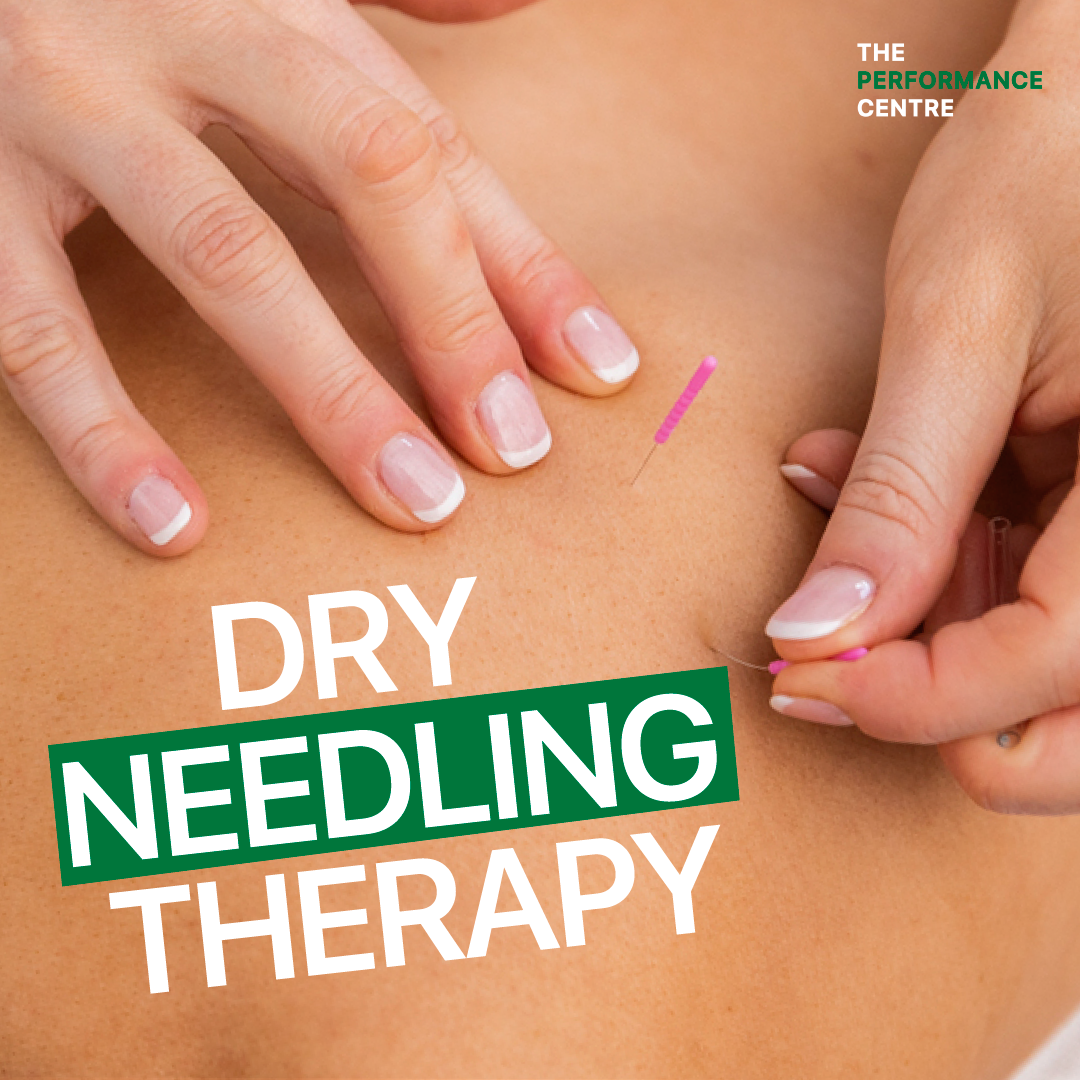So… your friend just came back from the physio and told you all about dry needling!
But what exactly is it and how can dry needling therapy help YOU?
Myofascial dry needling is a tool that’s been used by manual therapists for nearly half a century. Mainstreamed in 1974 by a US physician, dry needling involves the insertion of a thin solid filament needle through the skin and into the muscle below.
How does it work?
The exact mechanism is largely unknown, however it is commonly accepted that by needling a trigger point we are desensitizing the muscle – resulting in less pain and better functioning. Often we elicit a twitch response in which the muscle contracts or cramps and then relaxes. Here the body releases natural pain relieving chemicals, making it less irritable.
The first stage of the body’s healing process is inflammation and so by causing micro damage and creating an inflammatory response, we can kick start healing and repair.
Is it the same as acupuncture?
In short, no! The same needles are used but the methodology and theory differs from acupuncture to dry needling. Acupuncture is an ancient Chinese medicine treatment technique that is centred around meridians and energy, while myofascial dry needling aims to have a direct effect on local tissues to decrease trigger point pain while enhancing repair.
What injuries or conditions can dry needling therapy help with?
Dry needling can be beneficial in managing a variety of complaints, including but not limited to:
- Neck and shoulder tightness
- Headache/migraine
- Rotator cuff syndrome
- Mouse arm
- Wrist/hand RSI
- Lower back pain
- Glute tendinopathy
- Achilles injury
For areas that we see chronic tightness in (like the traps and calves) dry needling often achieves results in minutes that would take multiple massages or treatments.
What can I expect from dry needling therapy?
Dry needling is relatively pain free, however you might feel a sharp prick on insertion and some discomfort or pain when the muscle twitch responds. It’s common to experience some soreness and fatigue following treatment – as with any manual therapy work. If you have any concerns you’ll be able to discuss these with your practitioner prior to any treatment commencing.
If you’re interested in experiencing how dry needling can help you on your journey to moving well and feeling better, email our team at hello@theperformancecentre.com.au or book an appointment with an osteopath directly now by clicking the button below.
Dr. Lauren Cosson
References
Gattie, E., Cleland, J., & Snodgrass, S. (2017). The Effectiveness of Trigger Point Dry Needling for Musculoskeletal Conditions by Physical Therapists: A Systematic Review and Meta-analysis. Journal Of Orthopaedic & Sports Physical Therapy, 47(3), 133-149. doi: 10.2519/jospt.2017.7096
Liu, L., Huang, Q., Liu, Q., Thitham, N., Li, L., Ma, Y., & Zhao, J. (2018). Evidence for Dry Needling in the Management of Myofascial Trigger Points Associated With Low Back Pain: A Systematic Review and Meta-Analysis. Archives Of Physical Medicine And Rehabilitation, 99(1), 144-152.e2. doi: 10.1016/j.apmr.2017.06.008
What is the efficacy of dry needling for the treatment of myofascial pain (MPS)?. (2021). Retrieved 10 October 2021, from https://www.medscape.com/answers/1997731-113955/what-is-the-efficacy-of-dry-needling-for-the-treatment-of-myofascial-pain-mps

